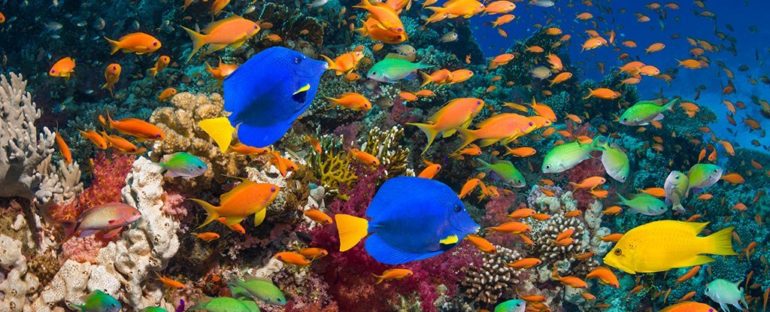The world’s coral reefs have reached a precipice, and only we can pull them back from the brink.
According to a recent perspective, written on behalf of thousands of coral reef scientists, the coming decade will be our last chance to act. If we can limit global warming to 1.5 degrees, up to 30 percent of Earth’s coral reefs could survive to the end of the century.
If we don’t, we could end up with only 1 or 2 percent left.
“The science and the models show that we have only a few years left to reduce carbon dioxide emissions that put us on that path,” says earth scientist Andréa Grottoli from Ohio State University.
“It has to happen this decade, or we won’t make that target.”
The perspective was written in advance of this year’s United Nations Framework Convention on Climate Change (COP26) and the Conference of the Parties to the Convention on Biological Diversity (COP15), which will both set new policy agendas for coral reefs, amongst other objectives.
As such, the document details three urgent actions that are needed to protect and preserve these crucial ecosystems. The ‘three pillars’, as they are called, include reducing greenhouse gas emissions, building resilience at a local level, and investing in restoration science.
The first step will be the most important. Climate change poses the biggest threat to coral reefs, and the world’s emissions need to be halted as soon as possible if we want to stop further warming.
“We are already faced with a grand challenge in trying to restore the reefs,” says Grottoli.
“Once we do eventually reduce carbon dioxide emissions and the planet is no longer warming at an accelerated rate, trying to restore from just a few percent is much more difficult.”
That’s why reducing our emissions is such an important step, but it’s not the only one. Nations around the world will also need to coordinate policies around environmental adaptation, management, and conservation to further protect the coral reefs that remain.
It’s not just our emissions that are proving problematic. Coral reefs are also heavily threatened by human pollution, ocean acidification and overfishing. If we fail to tackle those issues at the same time as limiting global warming, it’s unclear if these ecosystems will survive.
“The coming year and decade likely offer the last chance for international, regional, national, and local entities, working synergistically, to change the trajectory of coral reefs from one heading towards world-wide collapse to one heading towards slow but steady recovery,” the authors write.
It’s hard to imagine what the world will look like if we fail. Not only will marine life be severely impacted, coastal nations, many of which are lower-income countries, could lose access to food, employment, recreational opportunities and culture.
These populations will also be far more susceptible to flooding. A healthy reef can break the height and power of waves, but if this wall of coral disappears, storms will likely damage far more infrastructure.
It’s a disastrous scenario, and one that we are speeding towards. If we don’t step on the brakes, it could soon become our reality.
“Today’s decision makers are thus faced with a stark reality,” the report concludes, “for the first time, an entire globally dispersed ecosystem that supports millions of species and people may be lost at the hands of humans.”
It’s not too late to save Earth’s reefs, but we are running out of time. By 2050, researchers say our window for opportunity will have closed.
The clock is ticking.
The perspective was presented at the International Coral Reef Society Report.



